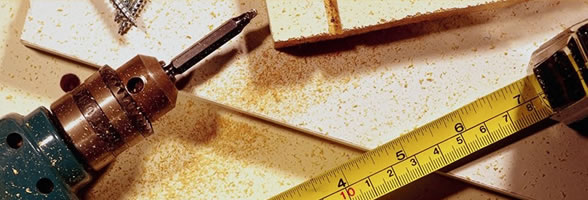
Transport, food storage & gas exchange in flowering plants
Organisms that make their own food are said to be autotrophic.
To allow metabolic reactions such as cell division, photosynthesis and respiration to occur, plants need to be able to obtain and transport molecules such as Carbon Dioxide and Oxygen along with certain minerals.
Water Absorption in Plants
Root hairs are found near the tip of small roots. These hairs have thin walls and are not covered by a cuticle. This makes them suitable for absorption.
The large number of these root hairs greatly increases surface area and this allows more water to be taken up by the plant.
Water moves into the root through osmosis (the concentration of H2O outside roots is higher than the concentration of H2O inside)

T.S. (tranverse section) Root
www.leavingbio.net
How does water move upward in a Plant?
There are 2 key factors that help water move upwards from roots to the upper parts of plants:
- Root Pressure
- Transpiration
Root Pressure
Pressure is created in roots when water is drawn into the plant by osmosis. This pressure pushes water up through the xylem.
Transpiration
Transpiration is the loss of water vapour by evaporation through leaves of plants.
This process takes place through openings on the underside of leaves called stomata.
As a water molecule moves through the stomata, it pulls the next water molecule behind it. This pulling force is extended througout the entire plant down to the roots. The idea is similar to water moving up through a straw.
Control of Transpiration
Plants control the rate of water loss so they can survive in dry weather
- Leaves have a waxy cuticle through which water cannot pass. Its function is to prevent water loss through evaporation, especially on the upper surface of the leaf
- Stomata are located on the lower sides of leaves. This is because the rate of evaporation is higher on the upper surfaces of leaves than the lower surfaces
- Each stoma is surrounded by guard cells. These cells close the stomata at night and open them in the day.
However, there are environmental factors that affect stomata, causing them to close:
- if the plant loses too much water
- High wind
- High temperatures
Mineral Absorption
Plants require many minerals, such as calcuim and magnesium along with phosphates, nitrates and potassium ions.
These minerals exist in the soil around the plant.
Minerals enter root hairs through active transport, a process which requires energy
The minerals are dissolved in water and transported around the plant in the xylem.
Photosynthesis in Plants
There are 2 sources of Carbon Dioxide for photosynthesis:
- Atmospheric Carbon Dioxide
- Internal Respiration (CO2 is a product of this reaction)
Oxygen produced in photosynthesis diffuses out of the plant through the stomata.
Glucose is the main product of photosynthesis. This type of molecule can be used for respiration, or converted to starch for storage.
Food Storage
Plants are capable of adapting leaves, stems and roots to store food.
Roots
Some plants produce a large root that travels deep into the soil known as a tap root. This special root anchors the plant and absorbs water further down in soil.
This tap root can become swollen with stored food in plants such as turnips and carrots.
Stems
In the potato plant, an underground stem system is formed with swollen tips called tubers. Stored starch can be found in these tubers. Potatoes are modified stems/stem tubers.
Leaves
Certain plants produce bulbs (onion, daffodil)
Swollen leaves which are modified to store food are attached to underground stems that are contained in bulbs
The Cohesion-Tension Model of Water Transport
This model was first put forward by 2 Irish scientists – Henry Dixon and John Joly
Cohesion is when similar molecules stick together. Adhesion occurs when different molecules stick together.
1. Water evaporates from the xylem through the stomata. As this transpiration pulls water molecules from the plant, the next molecule is pulled behind it due to the cohesion of water molecules. This pulls applies to water throughout the whole plant down to its roots.
2. When water is pulled this way due to cohesion, the water in the vascular tissue (the xylem) is said to be under tension. Such tension is capable of drawing water to heights of almost 150m. This accounts for tall plants such as trees being capable or drawing water upwards.
Gas Exchange in Plants
Oxygen diffuses from mesophyll cells, into the intercellular spaces and out through stomata. Water vapour also diffuses through stomata. These stoma are usually open by day and closed by night.
Lenticels are openings in stems of plants that allow gas exchange. O2 usually diffuses in through lenticels while CO2 and water vapour normally diffuse back out.
Stomata
Each stoma is surrounded by two guard cells which control the opening and closing of the stomata. When the guard cells gain water, the stoma opens. When they lose water, the gap between the two cells, the stoma, closes.
High levels of CO2 cause the stomata to close. Low levels of CO2 cause the stomata to open.
